Italy and Egypt: building the future together
Italy and Egypt are strengthening their strategic partnership through growing industrial cooperation, with companies like Mapei playing a key role in technology transfer, local training, and sustainable development. Supported by the Mattei Plan, Italy’s approach focuses on mutually beneficial investment in energy, infrastructure, education, and industry. Through coordinated action by the Italian Embassy and national agencies, Italy is fostering long-term, high-value partnerships that support economic growth in Egypt and the wider Mediterranean region.








